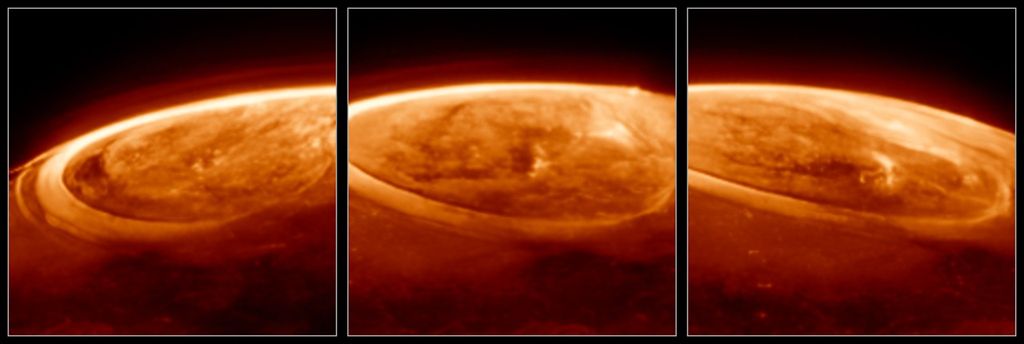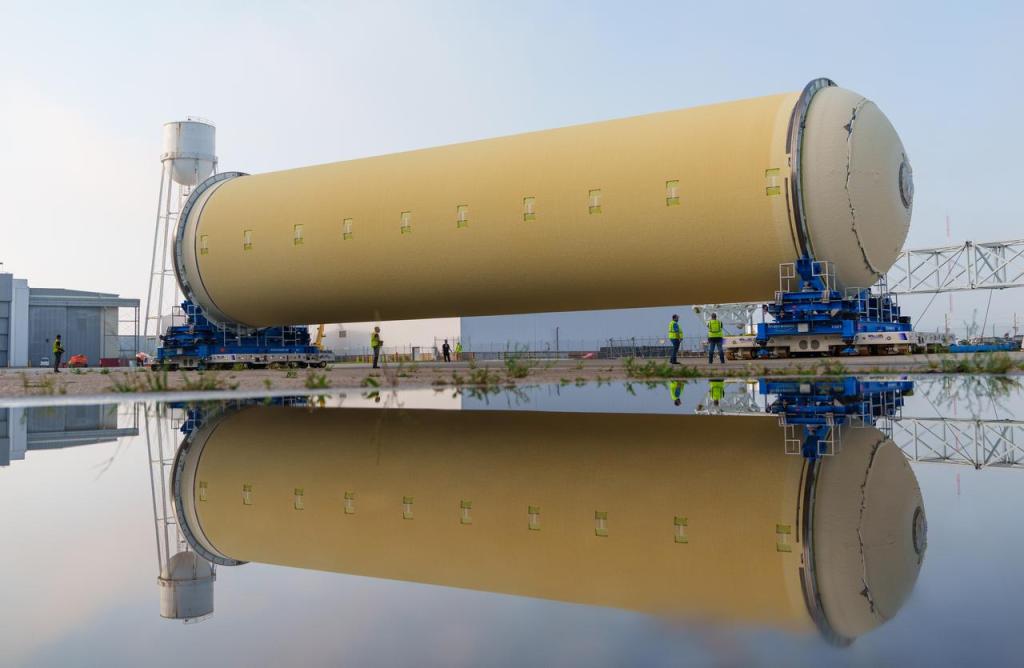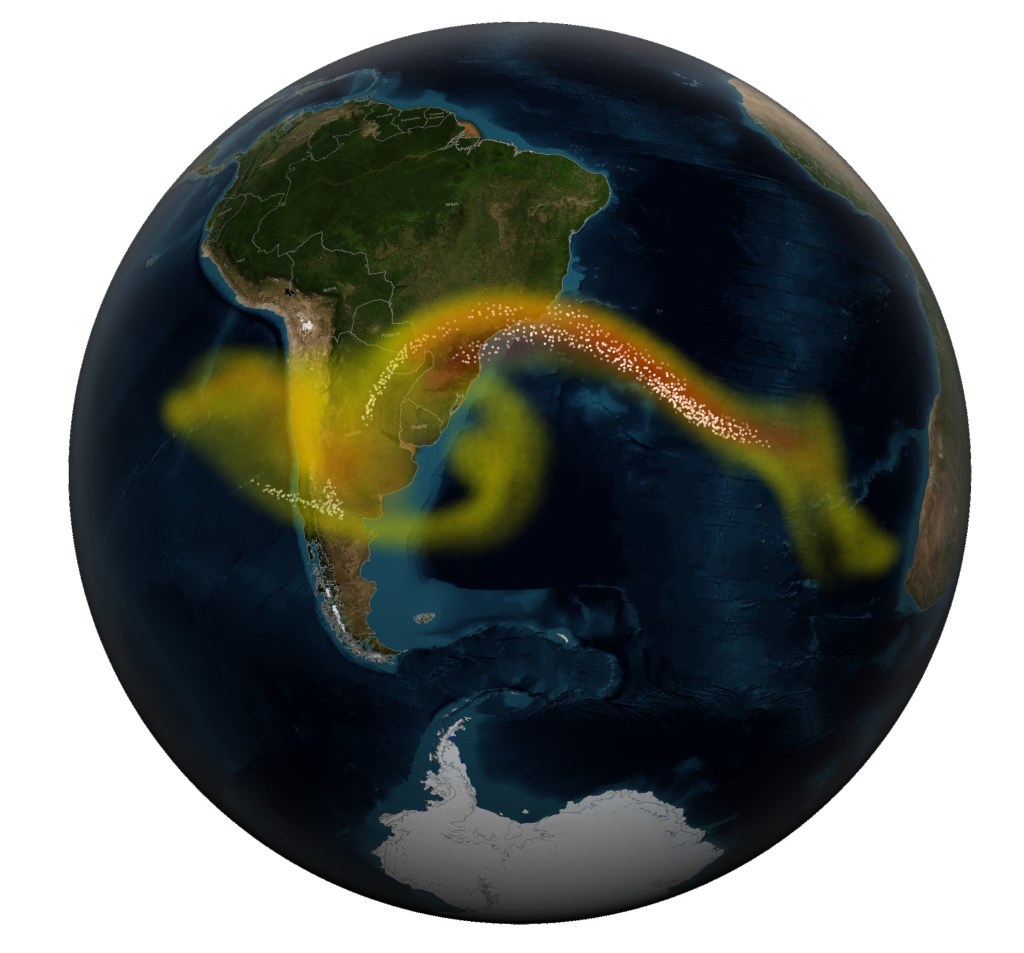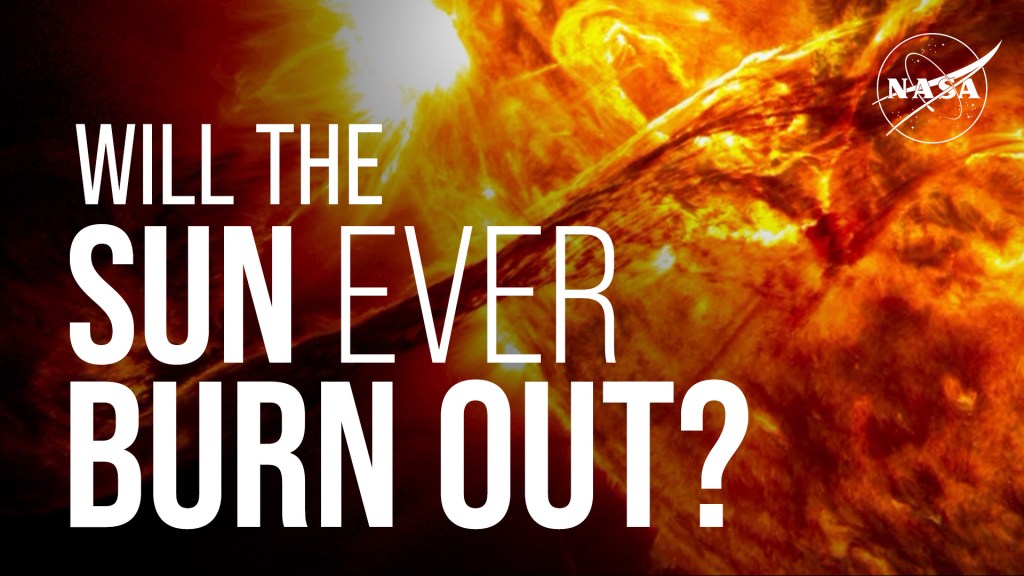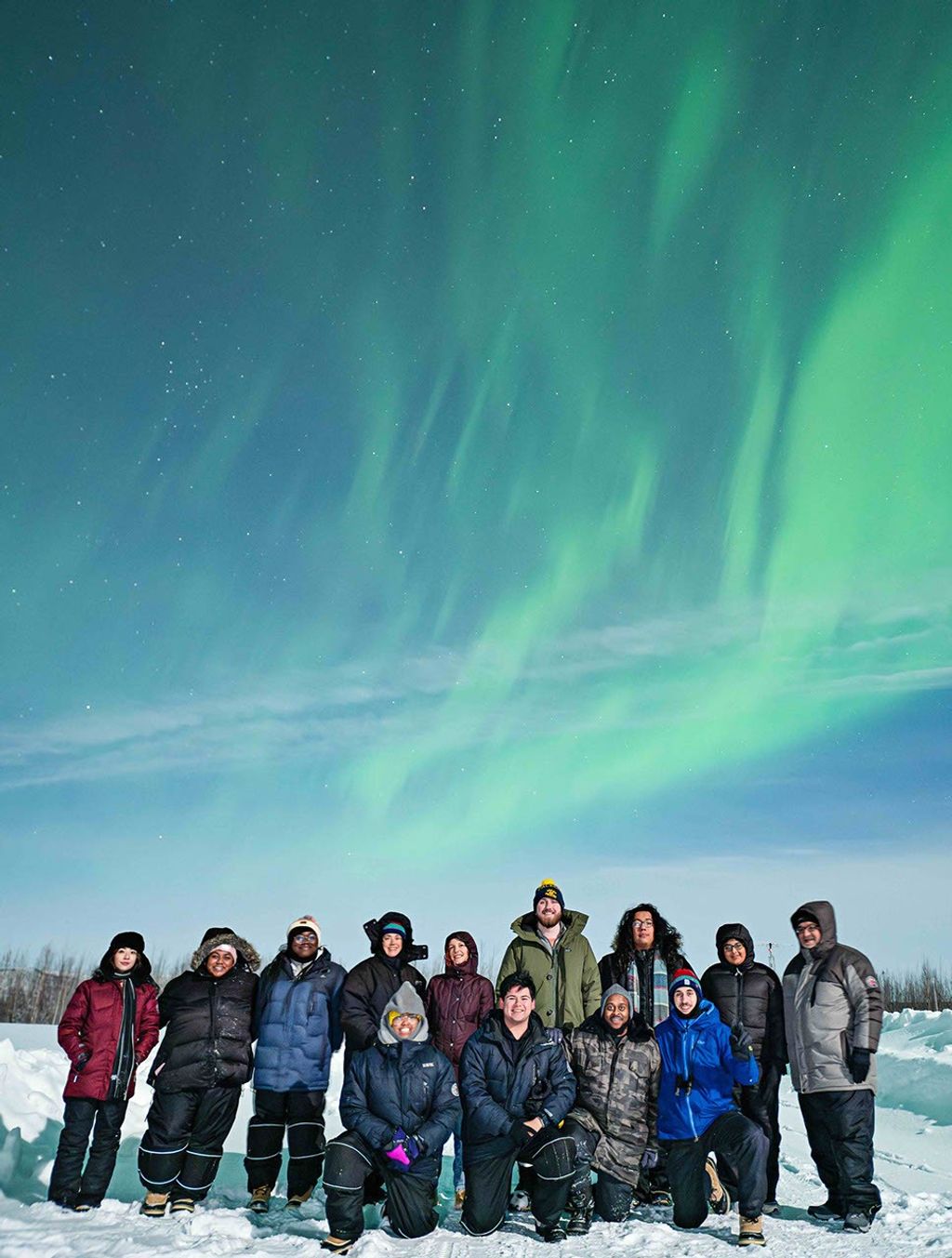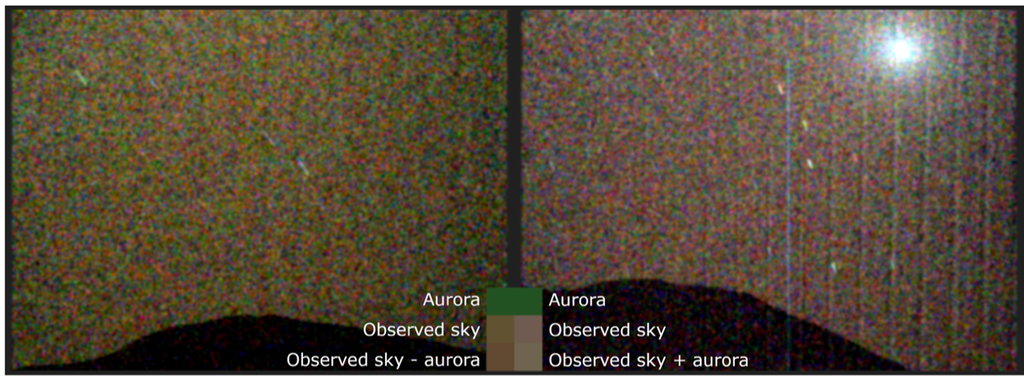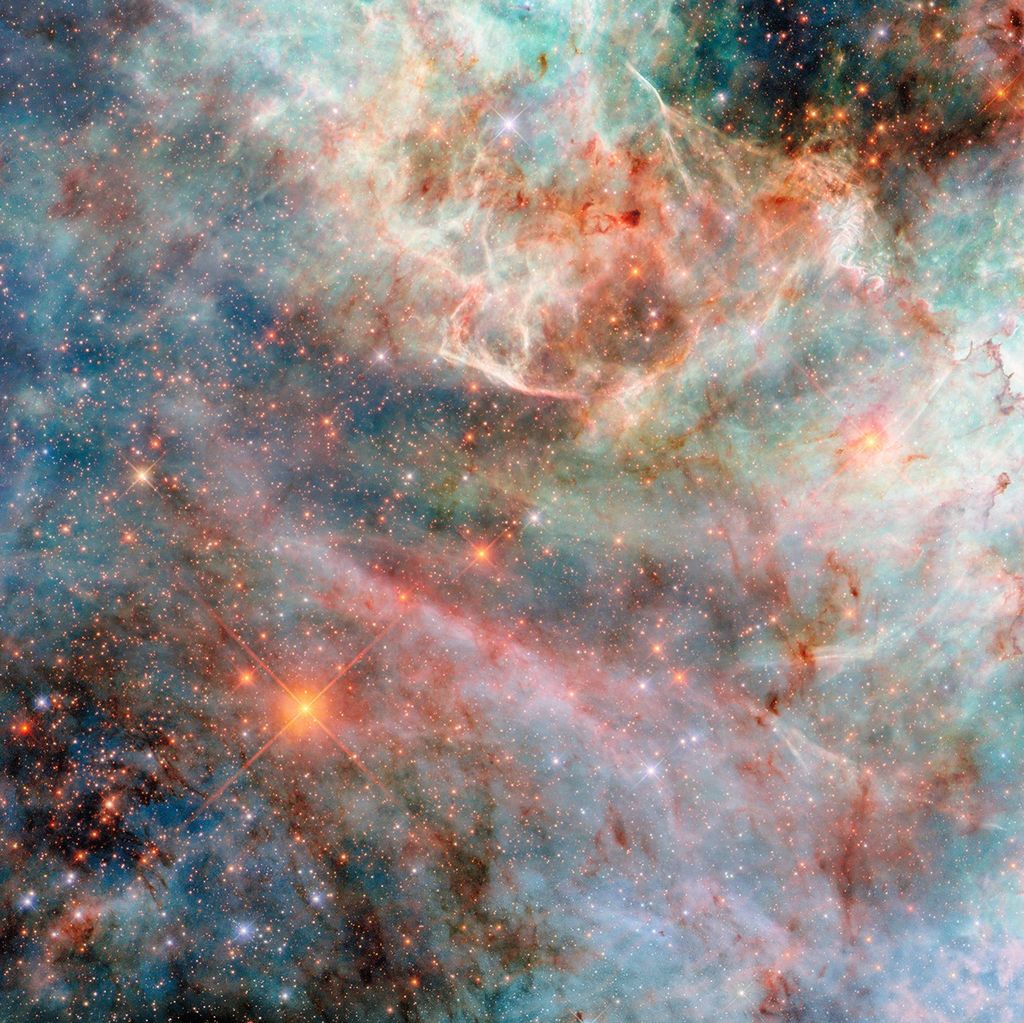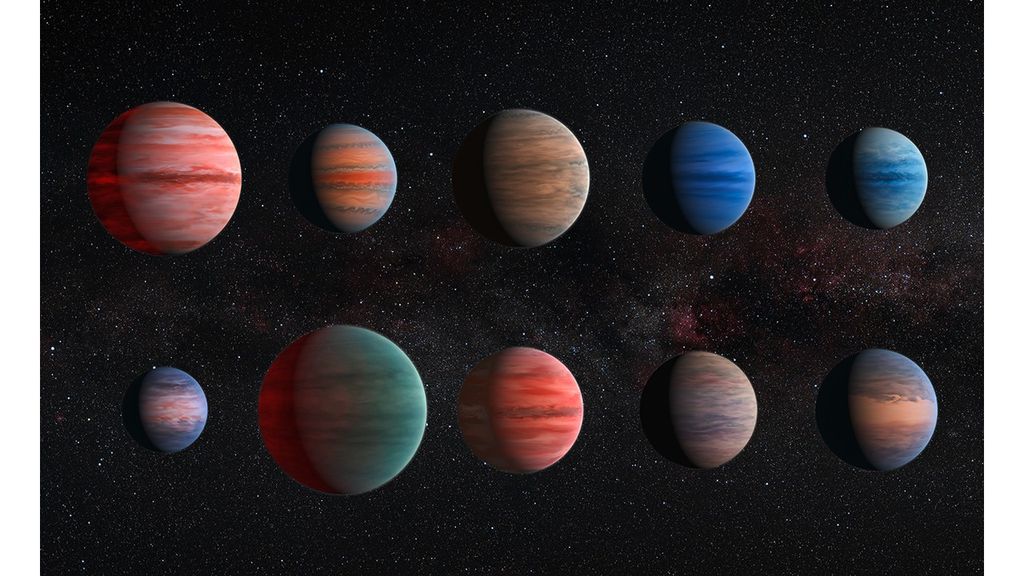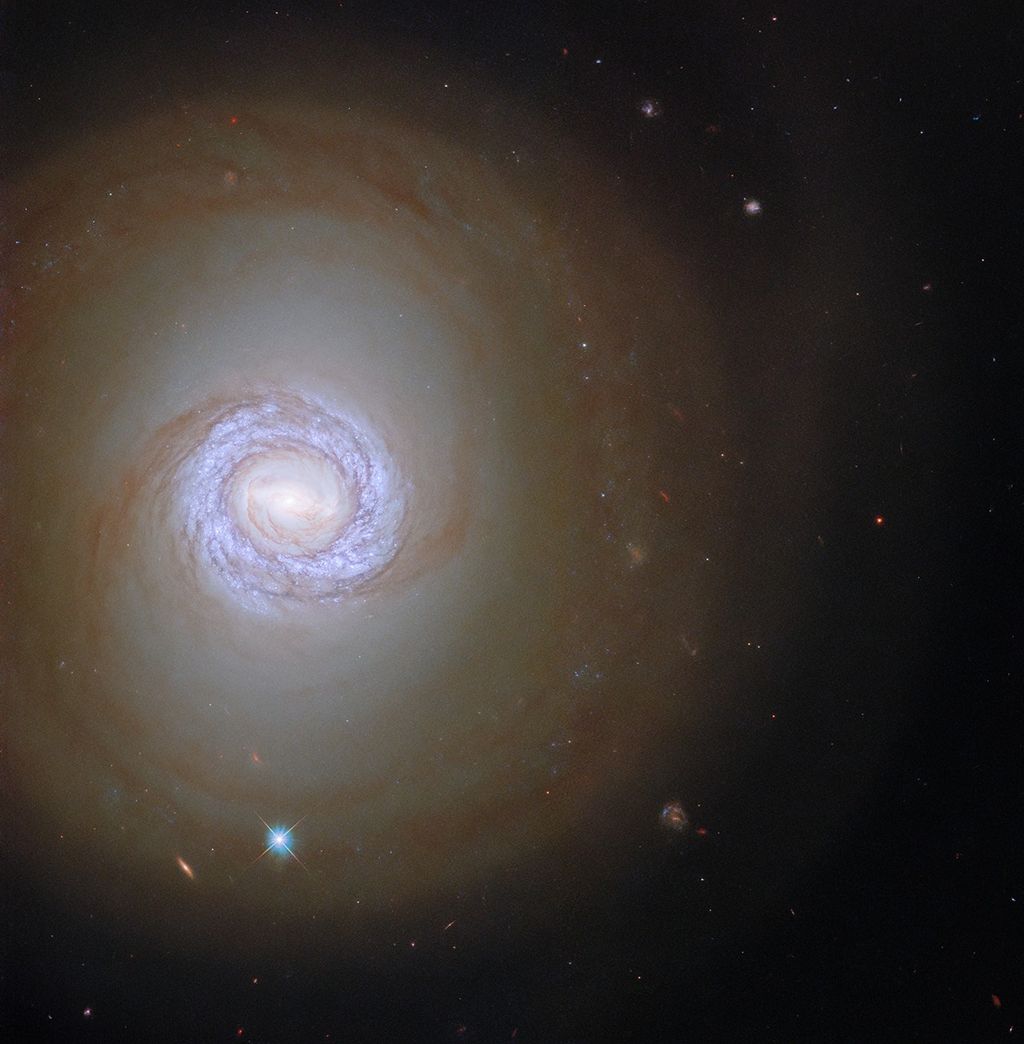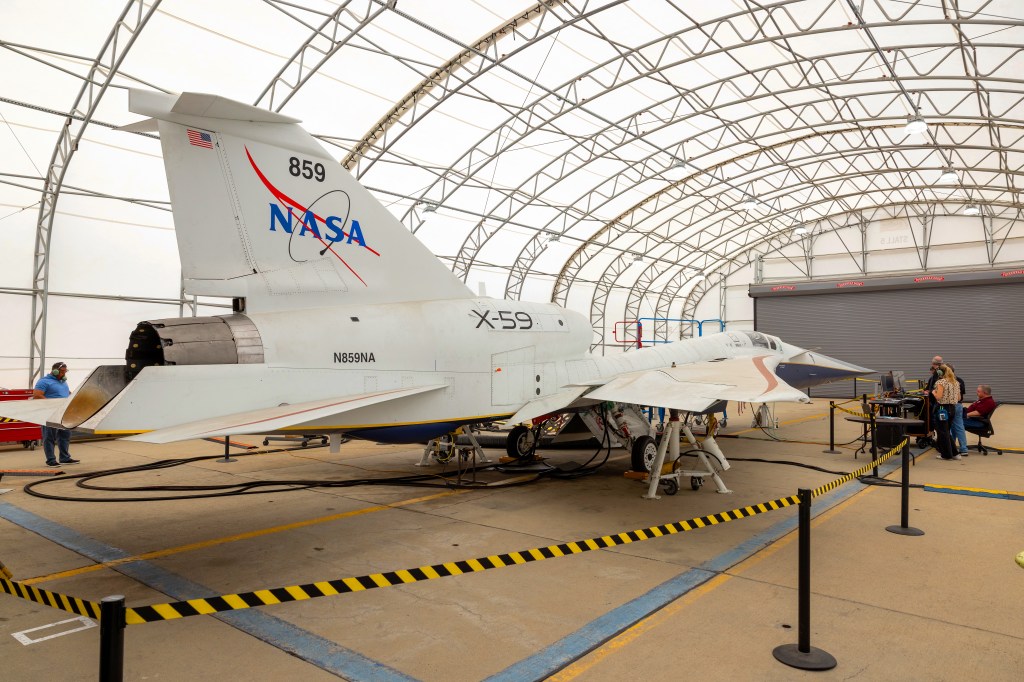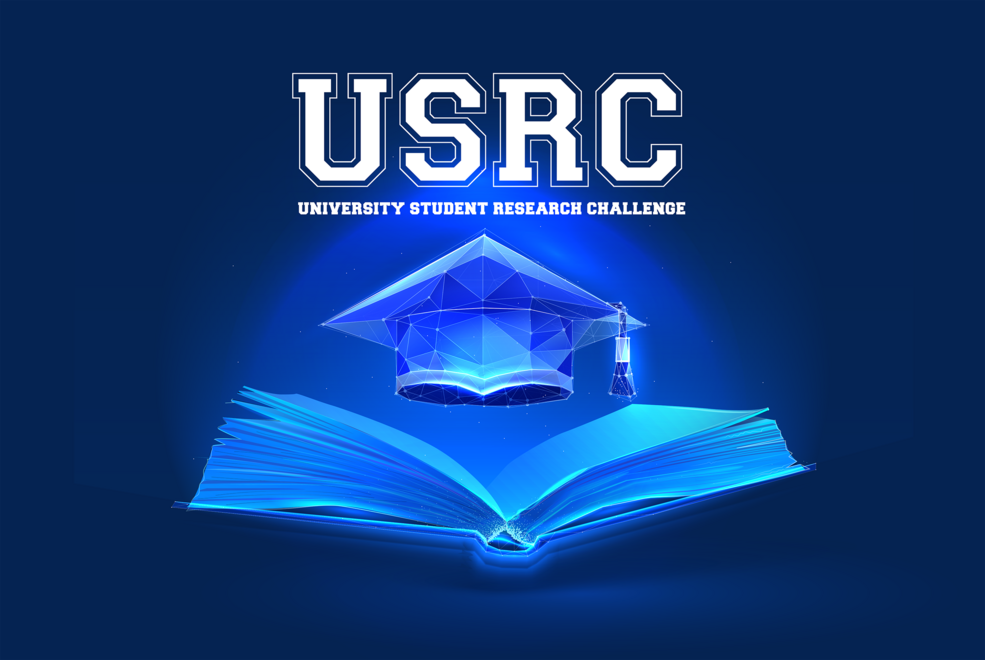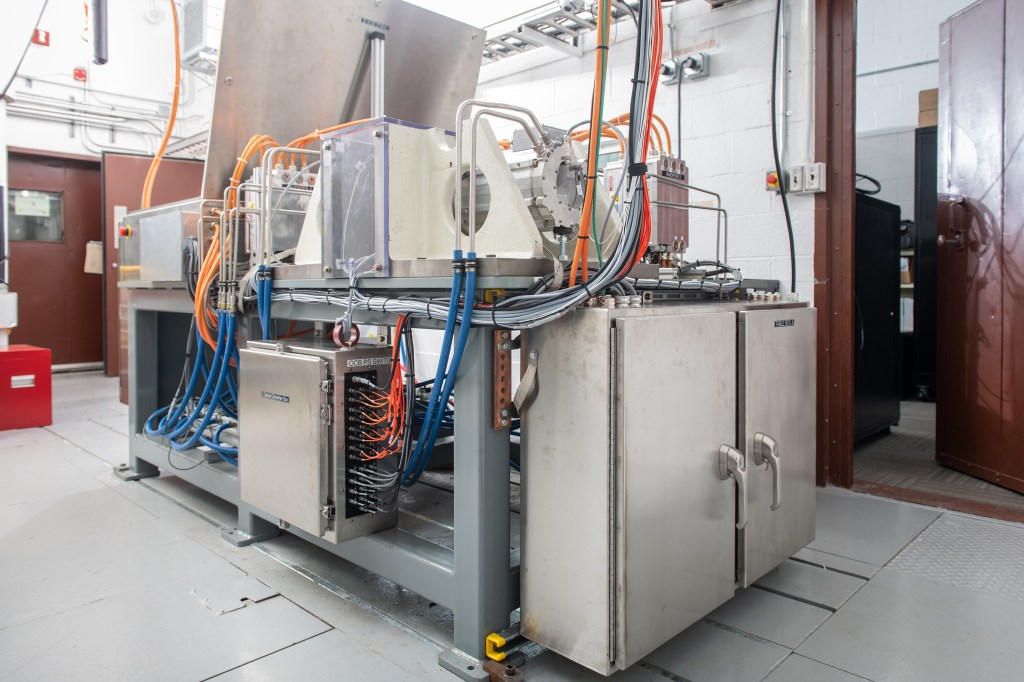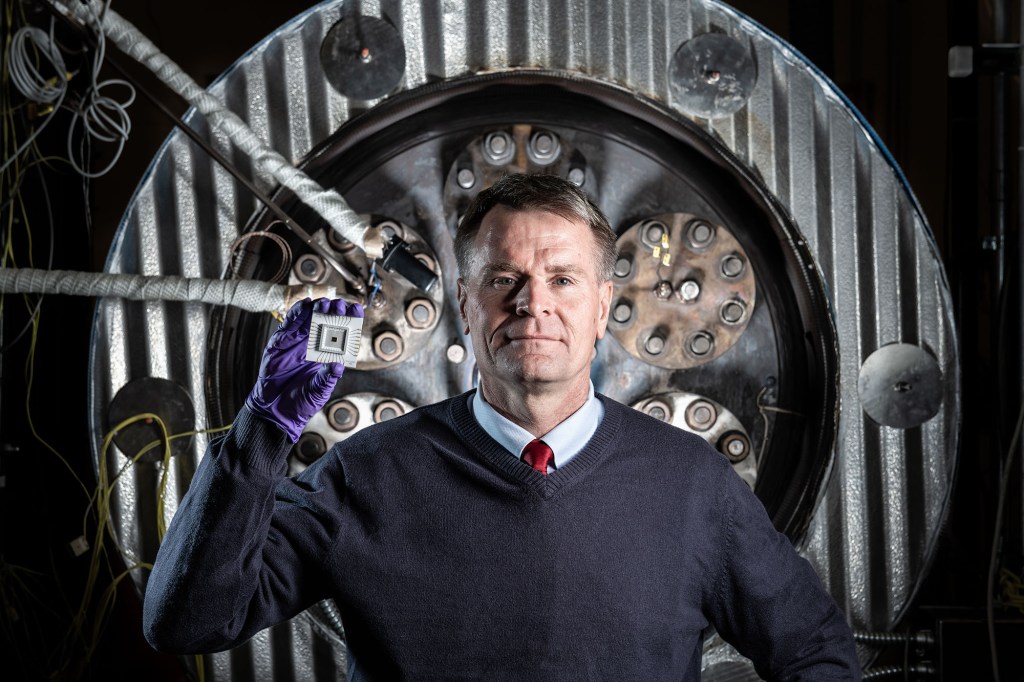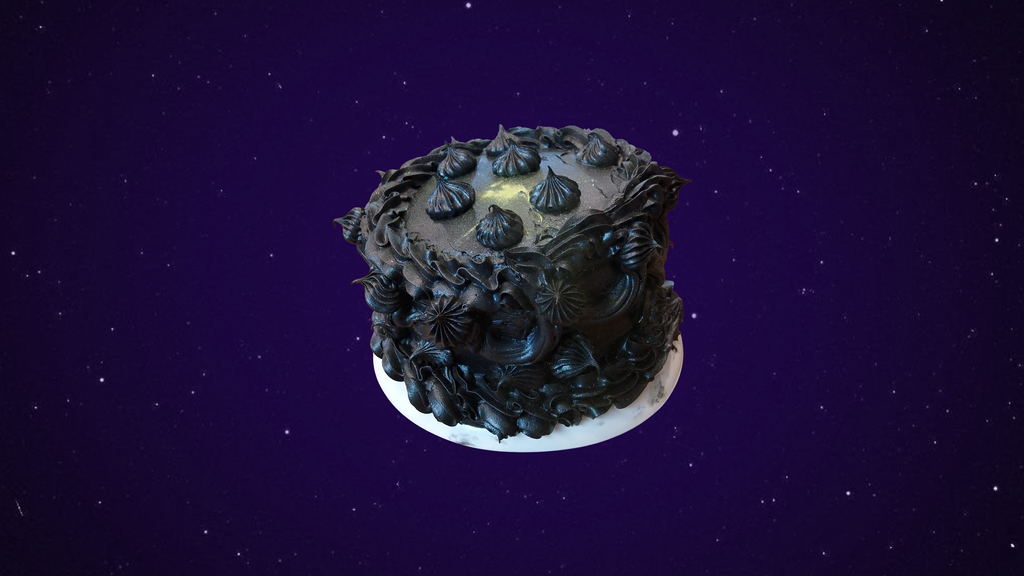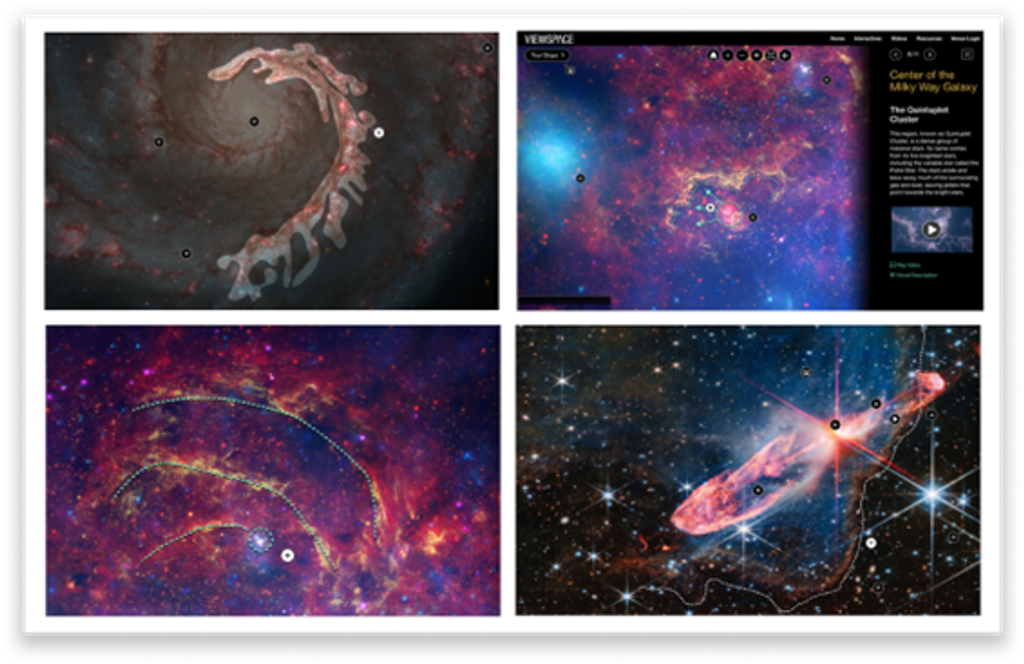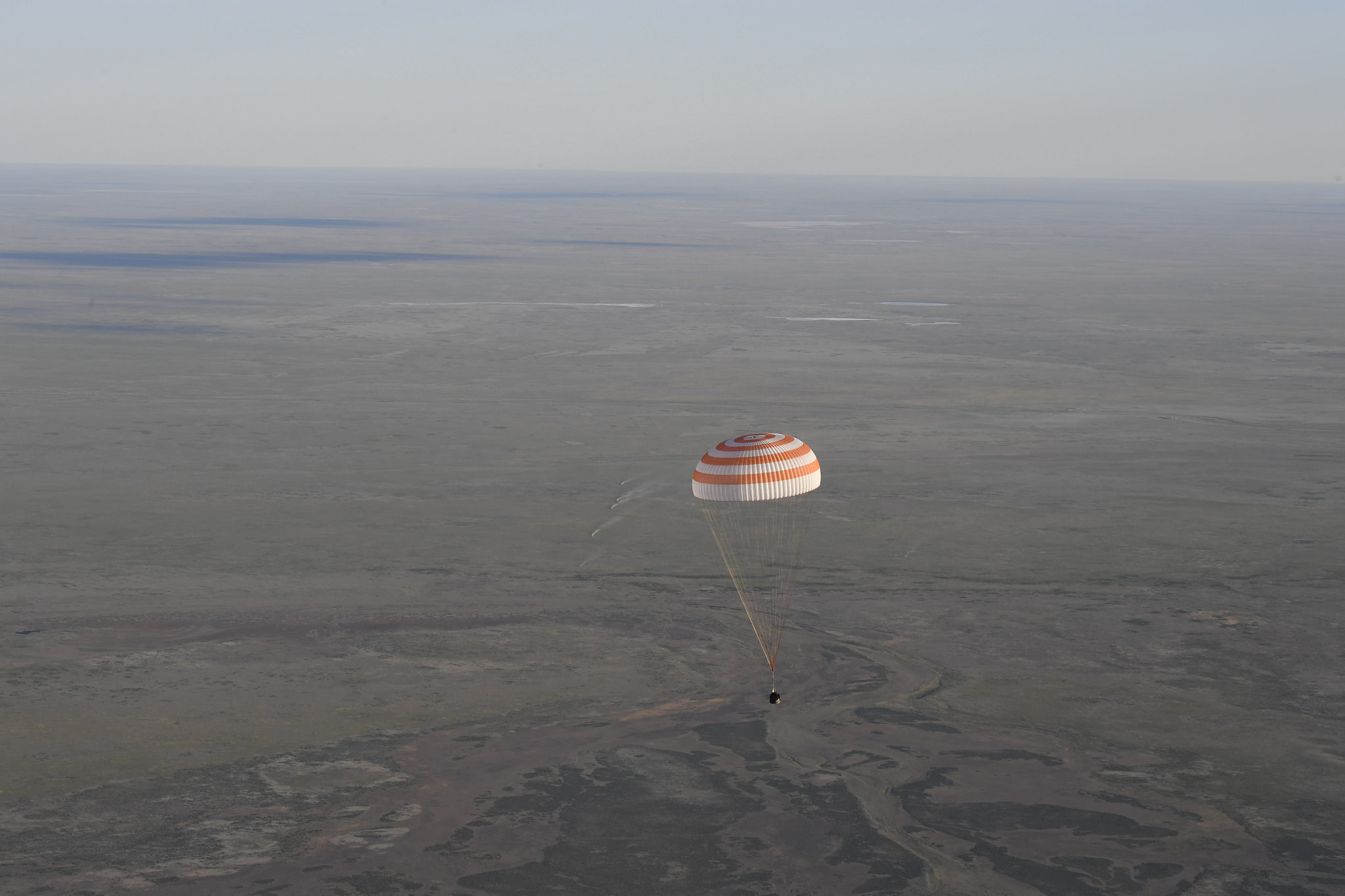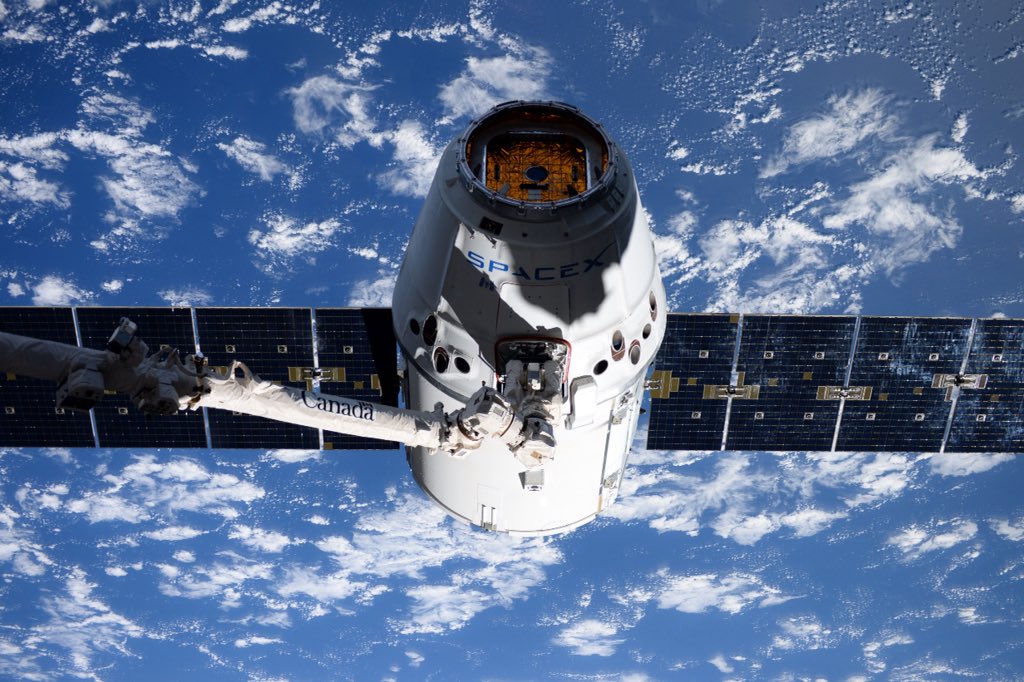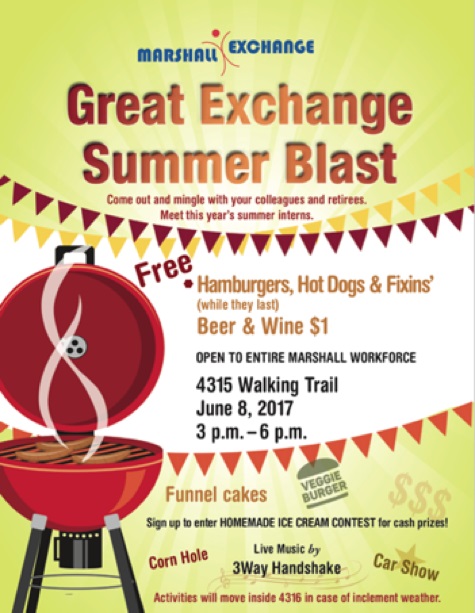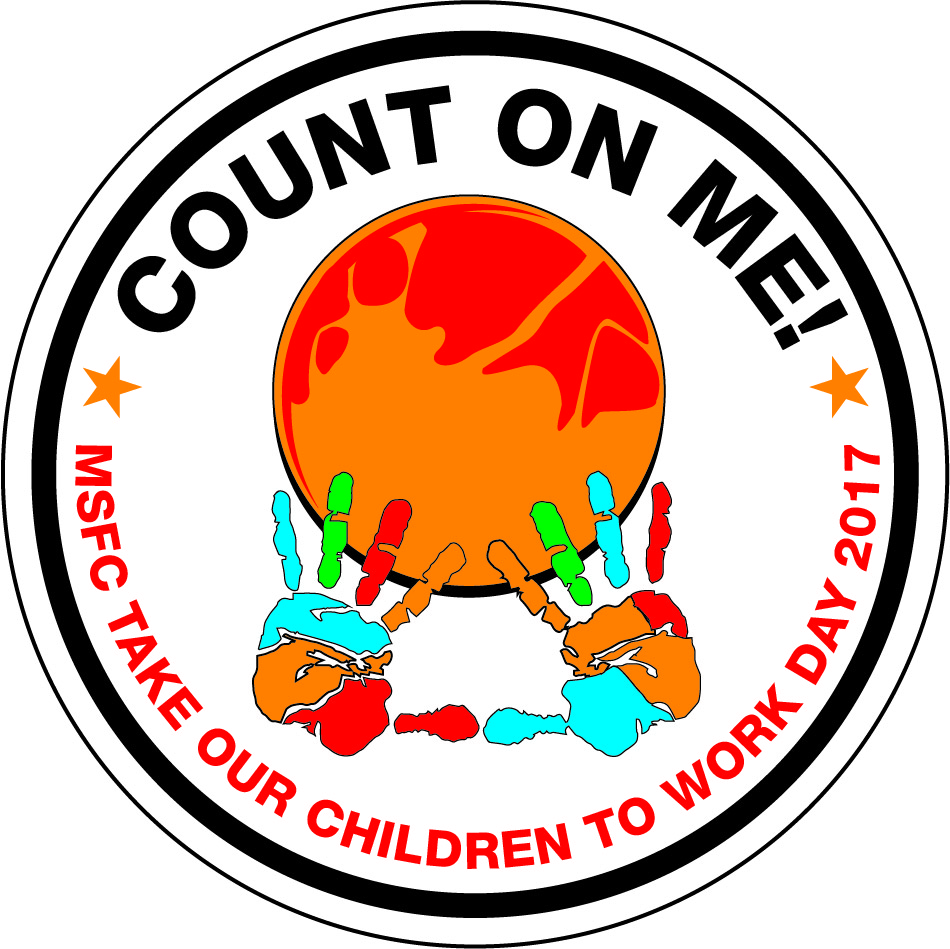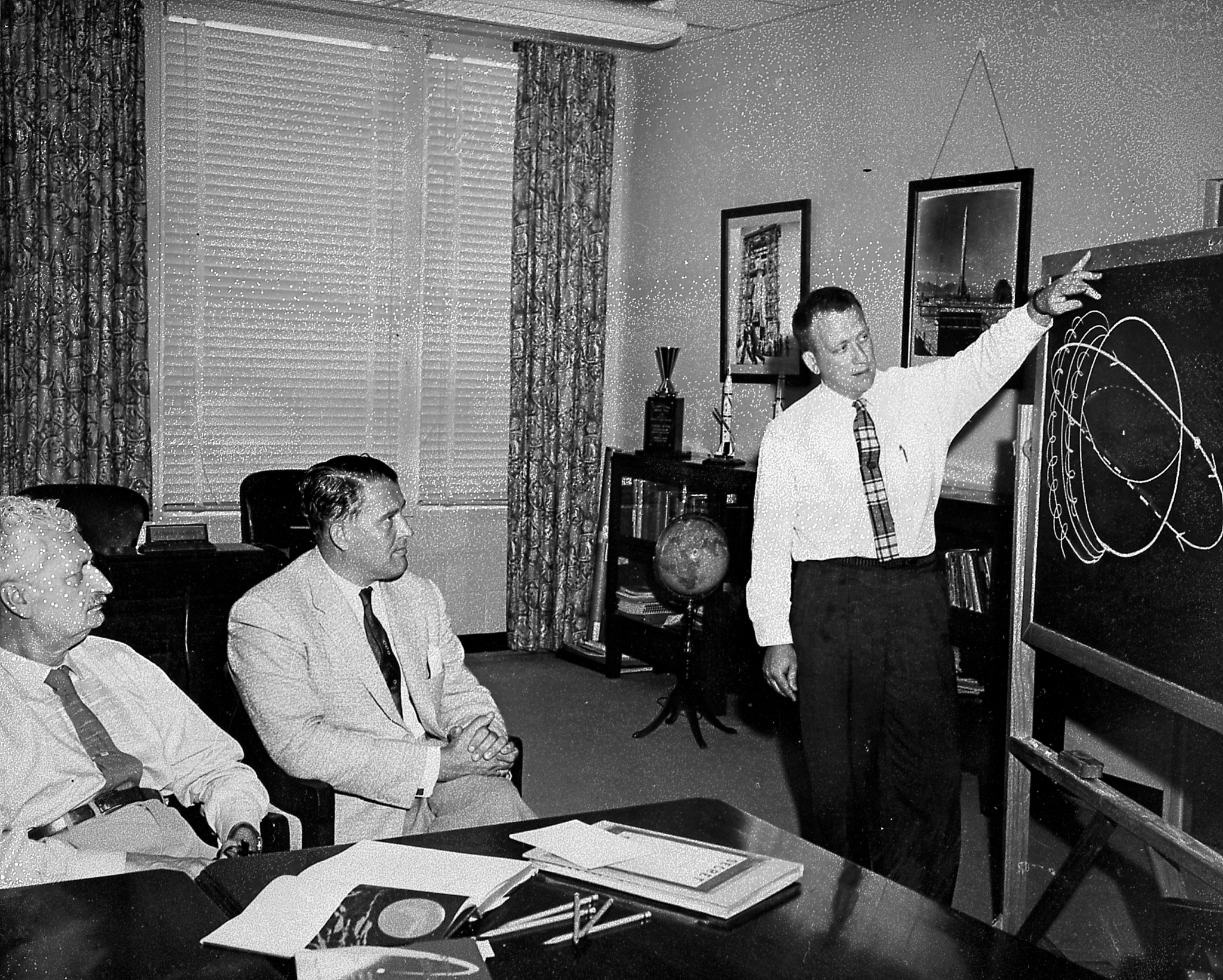In This Week’s Star
- Crossing Paths: Space Station Crew Returns Home as Resupply Mission Arrives in Orbit
- SLS Engine Section Test Hardware Installed in Marshall Test Stand
- Partnerships Key at 22nd Annual Tennessee Valley Corridor National Summit in Huntsville
- Marshall Test Stand Recognized in Huntsville’s ‘This Place Matters’ Campaign
- Marshall to Host ‘Summer Blast’ Cookout, Car Show, Ice Cream Social June 8
- Marshall Celebrates Asian-American/Pacific Islander Heritage Month
- Orders Being Taken Through June 9 for ‘Take Children to Work Day 2017’ T-shirts
- This Week in NASA History: STS-117 Launches to the International Space Station — June 8, 2007
- Former Marshall Science Laboratory Director Charles Lundquist Dies
- Obituaries
Crossing Paths: Space Station Crew Returns Home as Resupply Mission Arrives in Orbit
By Bill Hubscher
As the crew of the International Space Station bid farewell to two of their own, they also welcomed the latest resupply capsule during a busy few days in orbit.
European Space Agency astronaut Thomas Pesquet and Russian cosmonaut Oleg Novitskiy returned to Earth soon after 9 a.m. on June 2. The Soyuz capsule carrying the two landed safely in Kazakhstan, ending their 196-day stay in space.
Pesquet and Novitskiy launched to the station in November 2016 along with NASA astronaut Peggy Whitson, who recently had her stay in orbit extended to September 2017. She will return to Earth with fellow station crew members Jack Fischer of NASA and Fyodor Yurchikhin or Russia.
The day after the crew landed, SpaceX launched its 11th resupply mission to the space station from NASA’s Kennedy Space Center. The capsule arrived at the station two days later on June 5, carrying 3 tons of research equipment, cargo and supplies.
Research materials flying inside the Dragon’s pressurized area include an experiment studying fruit flies to better understand the effects on the heart of prolonged exposure to microgravity. Because they’re small, age rapidly, and have a well-known genetic make-up, they are good models for heart function studies. This experiment could significantly advance understanding of how spaceflight affects the cardiovascular system and could aid in the development of countermeasures to help astronauts.
This is one of the many investigations that will be guided by flight controllers at the Payload Operations Integration Center — mission control for science on the station located at NASA’s Marshall Space Flight Center.
Three payloads inside Dragon’s unpressurized area will demonstrate new solar panel technologies, study the physics of neutron stars, and host an array of Earth-viewing instruments.
For more information about the investigations conducted, click here.
Hubscher, an ASRC Federal/Analytical Services employee, supports the Office of Strategic Analysis & Communcations.
SLS Engine Section Test Hardware Installed in Marshall Test Stand
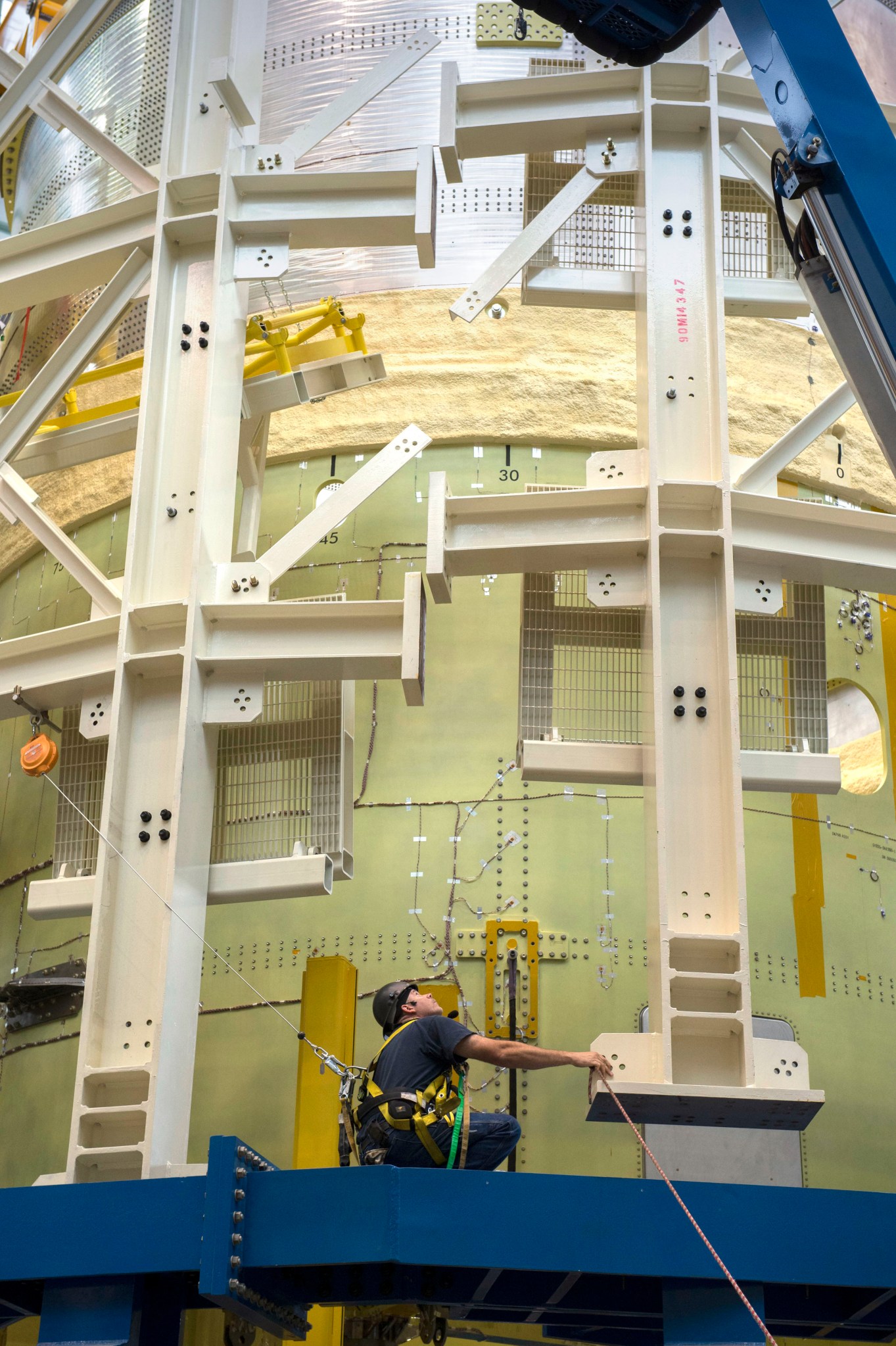
NASA engineers install test hardware for the agency’s new heavy lift rocket, the Space Launch System, into a newly constructed 50-foot structural test stand at NASA’s Marshall Space Flight Center. In the stand, hydraulic cylinders will be electronically controlled to push, pull, twist and bend the test article with millions of pounds of force. Engineers will record and analyze over 3,000 channels of data for each test case to verify the capabilities of the engine section and validate that the design and analysis models accurately predict the amount of loads the core stage can withstand during launch and ascent. The engine section, recently delivered via NASA’s barge Pegasus from NASA’s Michoud Assembly Facility, is the first of four core stage structural test articles scheduled to be delivered to Marshall for testing. The engine section, located at the bottom of SLS’s massive core stage, will house the rocket’s four RS-25 engines and be an attachment point for the two solid rocket boosters. (NASA/MSFC/Emmett Given)
Partnerships Key at 22nd Annual Tennessee Valley Corridor National Summit in Huntsville
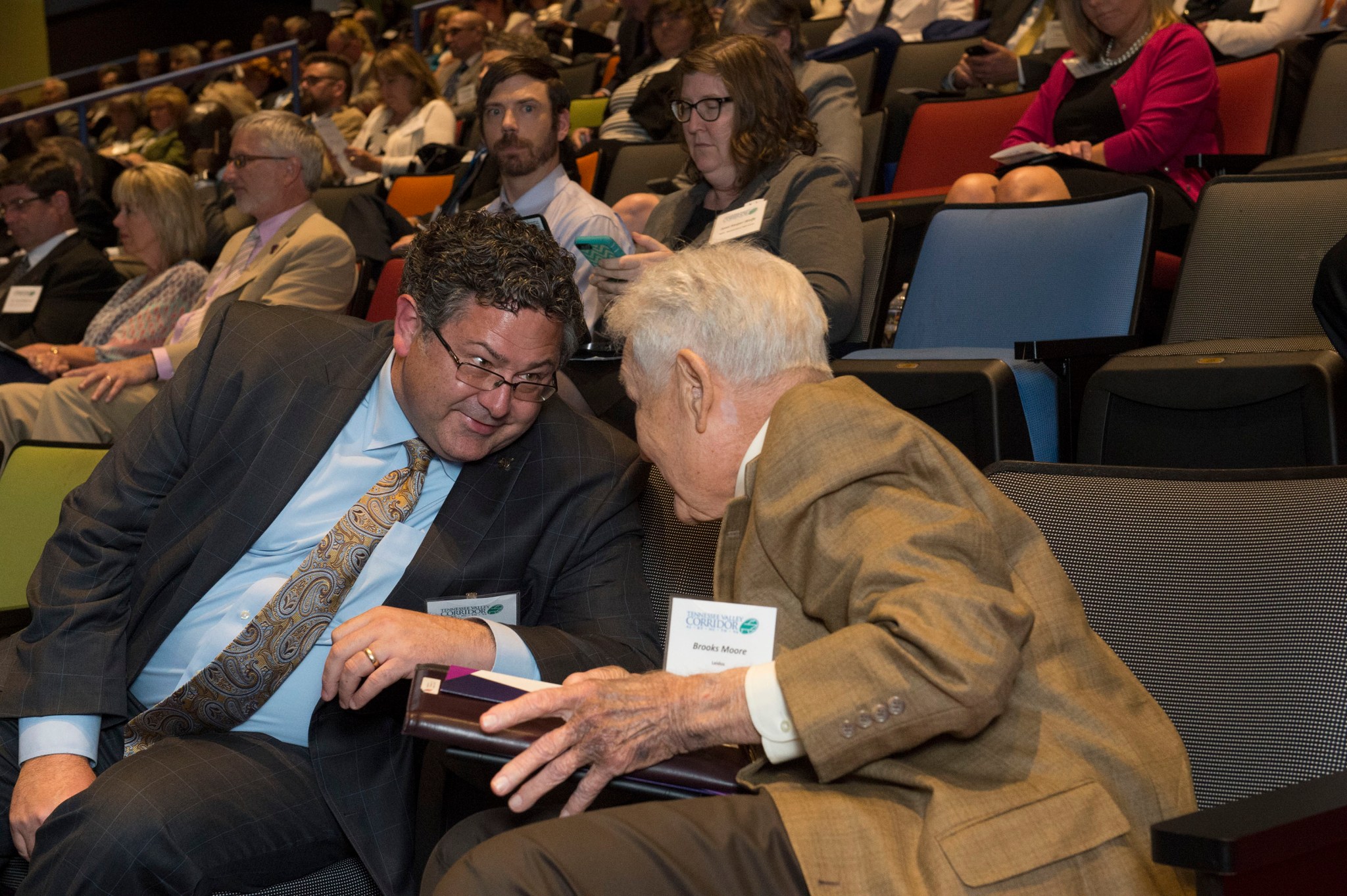
Todd May, left, director of NASA’s Marshall Space Flight Center, and retired Marshall engineer and lab director, Brooks Moore, chat during the 22nd annual Tennessee Valley Corridor National Summit hosted at the U.S. Space & Rocket Center in Huntsville. The summit brings together community, business and industry leaders to develop partnerships and discuss innovations to strengthen the communities in the Tennessee Valley Corridor — the technologically rich area covering the 10 congressional districts in east and middle Tennessee, north Alabama, western North Carolina, eastern Kentucky and southwest Virginia. Moore — who came to Redstone in 1952 to work on the Redstone missile and later led the astrionics lab at Marshall — knows first-hand the power of innovation and collaboration from his days of helping put humans on the moon. (NASA/MSFC/Emmett Given)
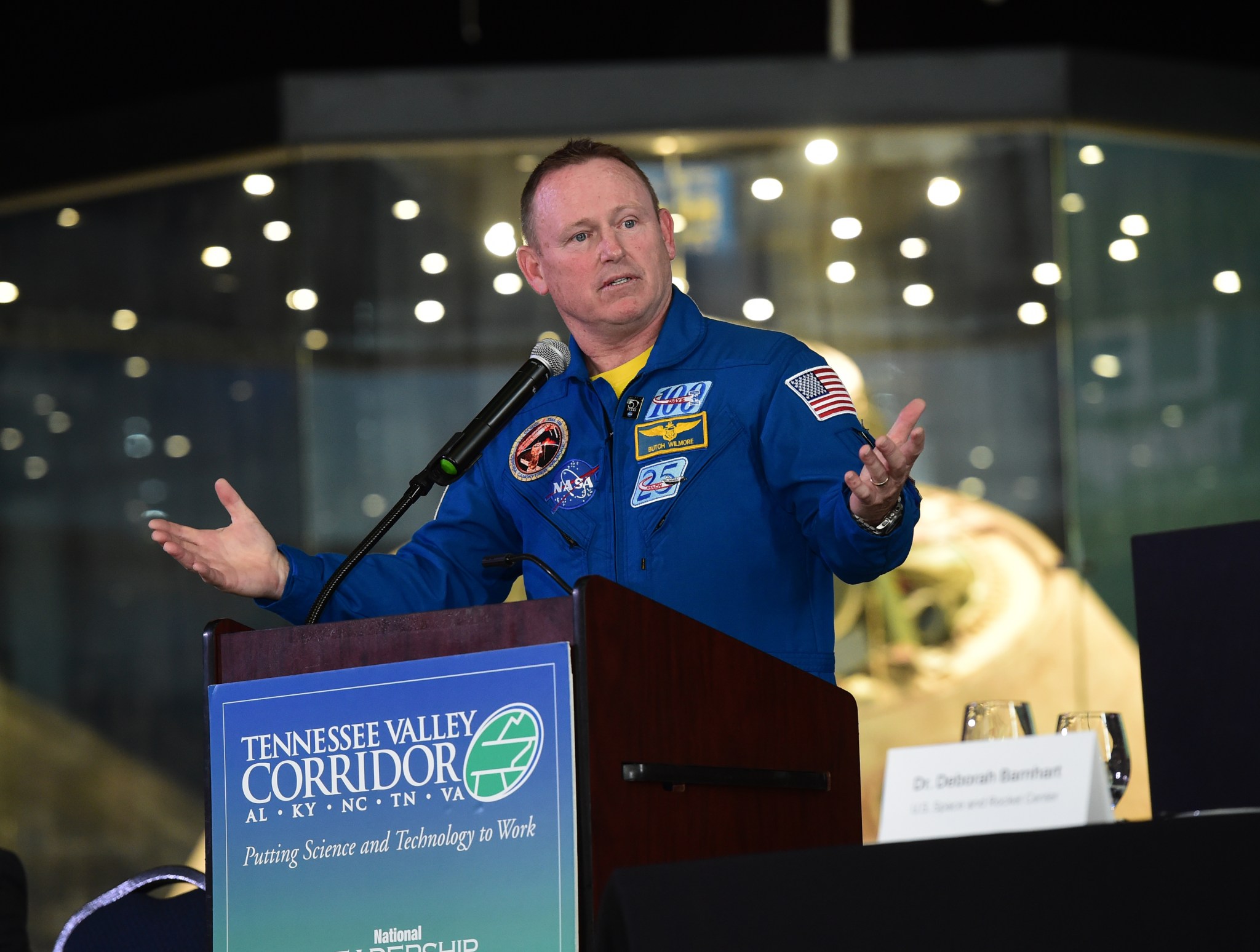
NASA astronaut Butch Wilmore shares stories and lessons about leadership during the TVC Leaders Luncheon at Tennessee Valley Corridor National Summit. Wilmore grew up in Mt. Juliet, Tennessee, and earned degrees from Tennessee Technological University in Cookeville and the University of Tennessee in Knoxville. Both universities are partners in the Tennessee Valley Corridor. (NASA/MSFC/Emmett Given)
Marshall Test Stand Recognized in Huntsville’s ‘This Place Matters’ Campaign
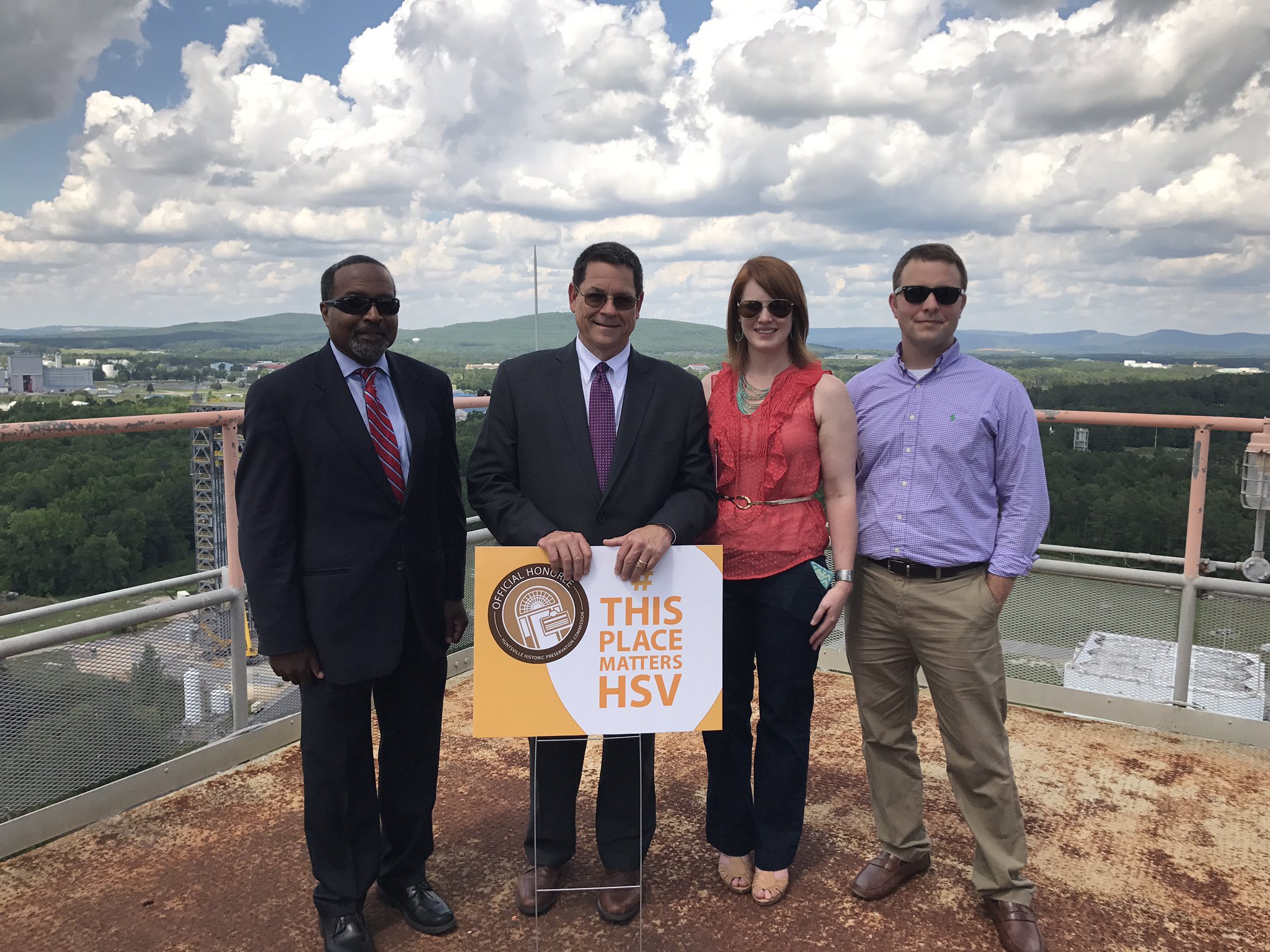
May is recognized as National Preservation Month. To celebrate Huntsville’s historic places and older buildings, the City of Huntsville led a number of activities to recognize places that matter. Marshall’s historic 4670 test stand was one of the locations the city chose to highlight. On May 31, Will Culver, left, representing District 5 on the Huntsville City Council, presented Roy Malone, second from left, director of Marshall’s Center Operations Office, with a “This Place Matters” sign, signifying the importance of the historic S-IC Stage Static Test Stand. The test stand was constructed to develop and test the first stage of the Saturn V launch vehicle which used five F-1 engines. Culver and Malone are joined, from left, by Jessica White, historic preservation consultant with the City of Huntsville, and Marshall Historian Brian Odom. This Place Matters is a national campaign that encourages people to celebrate the places that are meaningful to them and to their communities. The city broadcast the presentation live on Facebook. Click here to watch the video. (NASA/MSFC)
Marshall to Host ‘Summer Blast’ Cookout, Car Show, Ice Cream Social June 8
NASA’s Marshall Space Flight Center will usher in a “Summer Blast” June 8 with a cookout, car show and ice cream social from 3-6 p.m. at the walking trail outside Building 4315.
All Marshall team members, interns and retirees are invited to come out for food, entertainment and camaraderie. Live music will be provided by the Huntsville-area band 3Way Handshake, a classic rock, blues and country combo featuring Marshall engineers Holly Wales and Rusty Morphew.
Sponsored by the Marshall Exchange, the event will include freshly prepared summer cookout staples — while they last — including grilled hamburgers and veggie burgers, hot dogs, funnel fries and soft drinks. Beer and wine will be available to adults with proper identification. All food and soft drinks are free; there will be a $1 charge for each adult beverage.
Team members are also encouraged to help pick a winner from among Marshall competitors in the Summer Blast’s “Homemade Ice Cream Challenge.” Taste-testing and voting will take place from 3:30-4:15 p.m., with the results announced at 4:30 p.m.
If rain or lightning should develop, the ice cream competition and other activities will move inside Activities Building 4316.
Team members may still sign up to display their vintage, classic or modified car, truck or motorcycle during the event. Exhibitors should arrive with their vehicles no later than 2:30 p.m. Vehicles will be parked among the shaded areas of the walking trail behind buildings 4315 and 4316. The car show will run from 3-5:30 p.m. Judging will be conducted by event organizers based on audience applause, with the winner awarded a prize courtesy of the Marshall Exchange.
Marshall Celebrates Asian-American/Pacific Islander Heritage Month
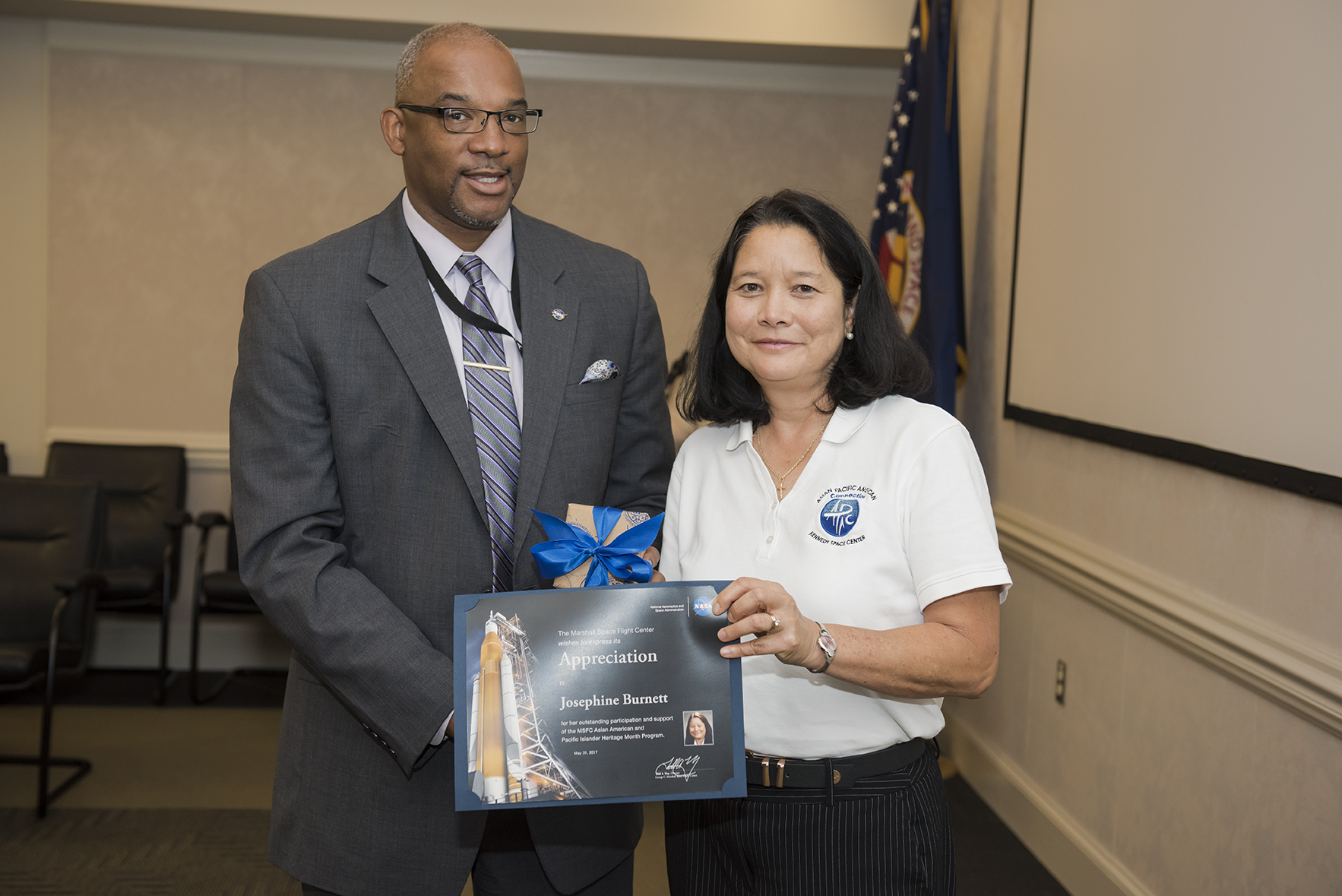
Loucious Hires, left, director of the Office of Diversity and Equal Opportunity at NASA’s Marshall Space Flight Center, presents a certificate of appreciation to Josephine Burnett, director of Exploration Research and Technology Programs at NASA’s Kennedy Space Center. Burnett was the keynote speaker for Marshall’s Asian-American/Pacific Islander Heritage Month celebration May 31. In addition to her program leadership role at Kennedy, she serves as executive champion for Kennedy’s Asian Pacific American Connection, an employee resource group for workers of Asian and Pacific Islander heritage founded by Marshall software engineer Lien Moore, a former Kennedy employee who introduced her friend and former coworker Burnett during the heritage celebration. (NASA/MSFC/Charles Beason)
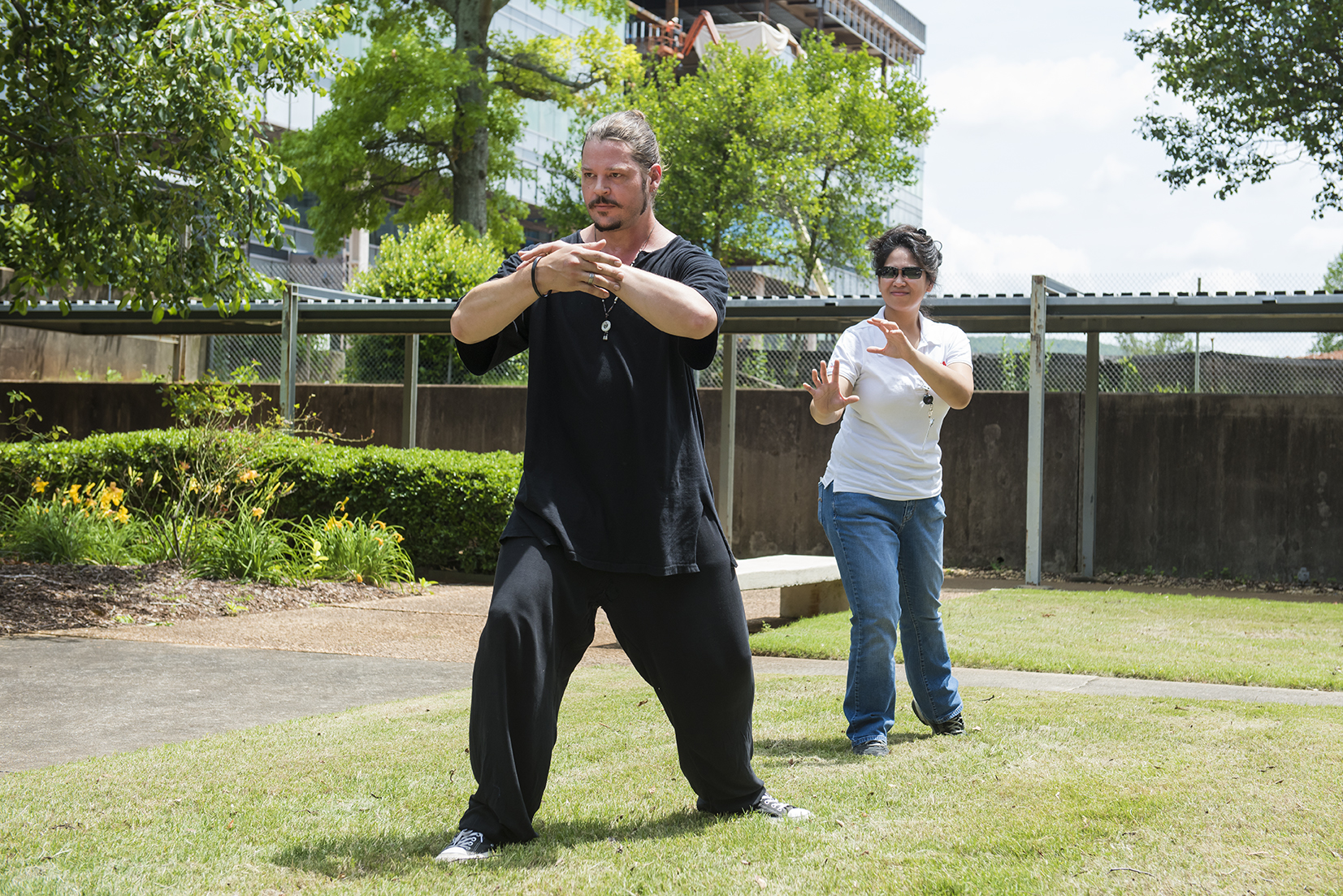
Warren Cain, an instructor at WuDang Martial Arts Center in Huntsville, leads Marshall Pathways intern Donna Cendana of the Engineering Directorate’s Propulsion Systems Department, in a demonstration of tai chi, the noncompetitive Eastern martial arts tradition that evolved over the centuries into a means of alleviating stress and anxiety. The demonstration, conducted in the Building 4200 courtyard, was part of Marshall’s Asian-American/Pacific Islander Heritage Month event May 31. Marshall team members browsed artifact displays, sampled authentic Eastern cuisines and were treated to a number of cultural demonstrations by Marshall team members and the University of Alabama in Huntsville’s Japanese Performance Group. The event was organized by Marshall’s Office of Diversity and Equal Opportunity. (NASA/MSFC/Charles Beason)
Orders Being Taken Through June 9 for ‘Take Children to Work Day 2017’ T-shirts
NASA’s Marshall Space Flight Center team members now may order T-shirts for Marshall’s “Take Our Children to Work Day” activities set for June 22. But act quickly — the last day to order T-shirts is June 9.
All T-shirts are 100 percent pre-shrunk cotton. Youth T-shirts, available in sizes small, medium, large and extra-large, are $14. Adult-sized small, medium, large and extra-large shirts also are $14; adult 2XL are $19; adult 3XL and 4XL are $20.
To order, print the form from ExplorNet, fill it out completely and take it to the NASA Exchange Space Shop in Building 4203, Room 1202. Payments may be made using cash, check, credit card or debit card.
Buyers will be notified when their T-shirts arrive. All shirts may be picked up in Building 4200, Room 420J.
Registration for “Take Our Children to Work Day 2017” will open soon. A complete schedule of activities will be posted to ExplorNet the week of June 12. The June 14 issue of The Marshall Star will have additional details and a link to the schedule.
The yearly event includes guided tours of Marshall facilities; demonstrations by Marshall scientists, engineers and representatives of numerous local partner organizations; and a variety of hands-on experiments and learning activities. The day’s activities are designed to inspire young people about their parents’ and grandparents’ contributions to the nation’s space program, and to encourage new generations to pursue careers in the STEM fields of science, technology, engineering and mathematics.
“Take Our Children to Work Day” is organized annually by Marshall’s Office of Diversity and Equal Opportunity. For more information, email Abbie Johnson, Marshall equal employment manager.
This Week in NASA History: STS-117 Launches to the International Space Station — June 8, 2007
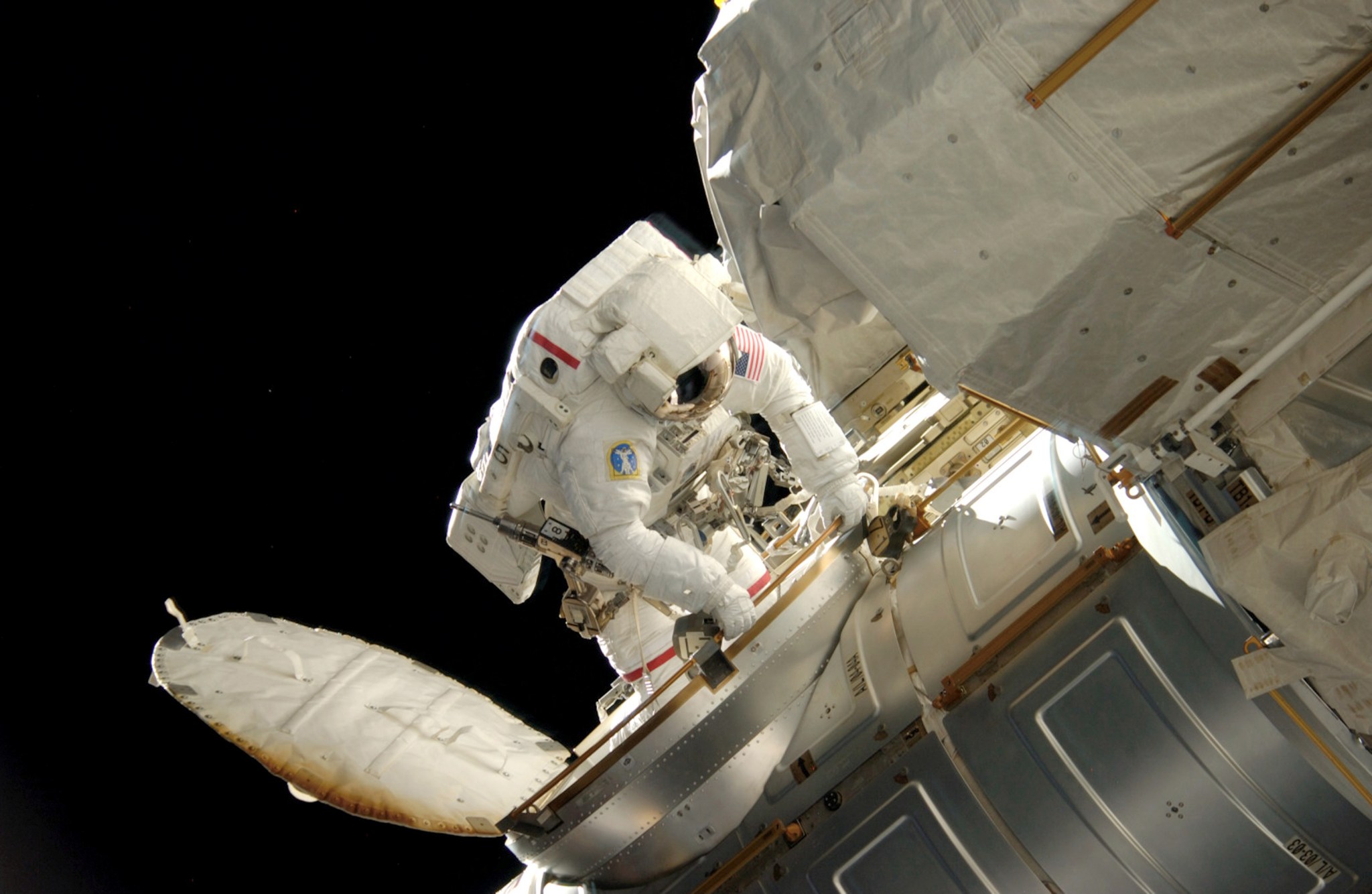
This week in 2007, space shuttle Atlantis and STS-117 launched from NASA’s Kennedy Space Center to deliver the second and third starboard truss segments and a pair of solar arrays to the International Space Station. The truss segments, the heaviest space station payload carried by the space shuttle, provide electrical power and data interfaces for the station’s electronics and convert sunlight to electricity. Here, NASA astronaut Jim Reilly enters the station’s Quest Airlock following the conclusion of the mission’s third spacewalk. Today, the Payload Operations Integration Center at NASA’s Marshall Space Flight Center serves as “science central” for the International Space Station, working 24/7, 365 days a year in support of the orbiting laboratory’s scientific experiments. The NASA History Program is responsible for generating, disseminating, and preserving NASA’s remarkable history and providing a comprehensive understanding of the institutional, cultural, social, political, economic, technological, and scientific aspects of NASA’s activities in aeronautics and space. For more pictures like this one and to connect to NASA’s history, visit the Marshall History Program’s webpage. (NASA)
Former Marshall Science Laboratory Director Charles Lundquist Dies
Charles A. Lundquist, 89, former director of the Space Sciences Laboratory at NASA’s Marshall Space Flight Center, died June 3.
The Webster, South Dakota, native earned his bachelor’s degree in engineering physics from South Dakota State University in Brookings in 1949. He completed his doctorate in physics from the University of Kansas in Lawrence in 1953, and became an assistant professor of engineering research at Pennsylvania State University in State College. He was drafted into the U.S. Army in 1954, leading him to Redstone Arsenal in Huntsville, where he worked on orbit theory and tracking for Project Orbiter, the precursor to Explorer 1. Returning to civilian status in 1956, Lundquist continued to work for the Army at Redstone until 1960, when the Army rocket team transferred to NASA and Marshall was established July 1.
From 1962-1973, Lundquist was assistant director for science at the Smithsonian Astrophysical Observatory in Cambridge, Massachusetts. He returned to Marshall in 1973 to become director of the Space Sciences Laboratory, the position he held until he retired from NASA in 1981. He joined the University of Alabama in Huntsville that year as a visiting professor of physics and went on to serve as its director of research from 1982-1990; as associate vice president for research from 1990-1996; and as director of the Consortium for Materials Development in Space from 1985-1999. He retired from UAH in 2000.
In 2014, Lundquist wrote and published “Transplanted Rocket Pioneers,” a collection of biographies of the German rocket team transplanted to the United States after World War II, working under the direction of Wernher von Braun to guide America’s space rocketry program, culminating in the Apollo lunar missions. Among numerous government and civic honors, Lundquist was awarded the Hermann Oberth Award by the Alabama section of the American Institute of Aeronautics and Astronautics in 1978 for his key roles in a number of NASA flight programs, including NASA’s High Energy Astrophysics Observatory and the Solar Maximum Mission to study the sun at its most turbulent, as well as contributions to the advancement of the astronautical sciences.
Lundquist and his wife, the former Patricia Richardson of Ottawa, Kansas, had five children.
Obituaries
William B. Harrell, 90, of Huntsville, Alabama, died June 2. He retired from the Marshall Center in 1984 as an engineering statistician. He is survived by his wife, Claudell Harrell.




